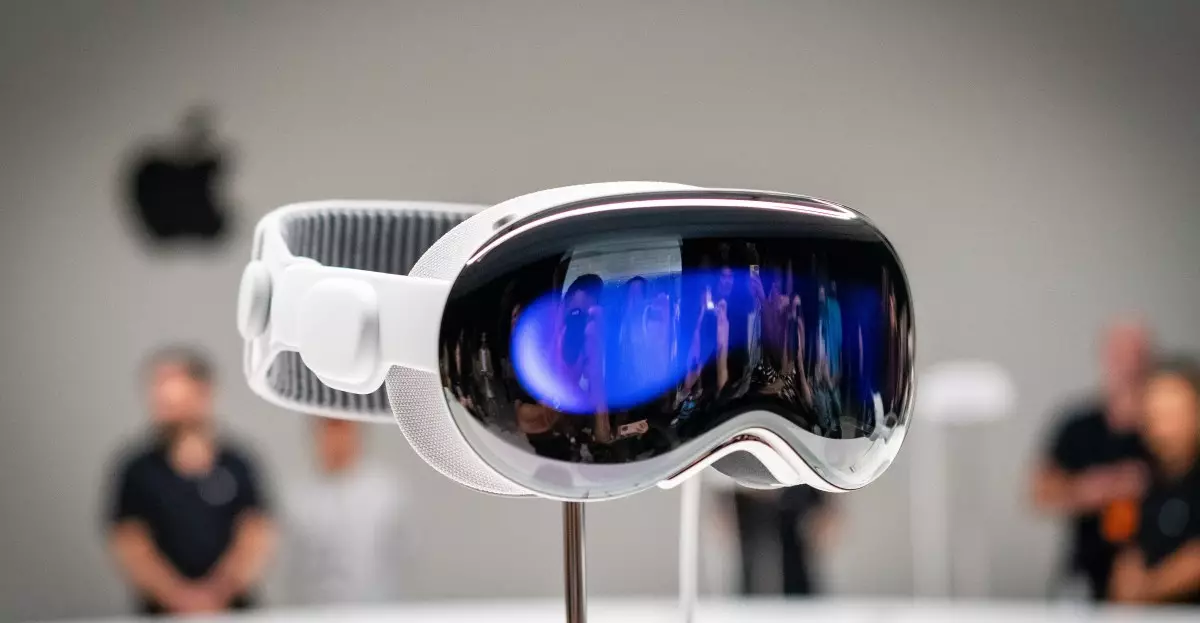In an era where technological advancements define economic dominance, the specter of corporate espionage looms larger than ever. Major players like Apple and Snap are increasingly embroiled in legal battles that expose the lengths to which individuals and corporations will go to protect or steal intellectual property. This ongoing struggle highlights a fundamental tension within the tech world: the fight to secure innovation against threats both internal and external. When a company’s most valuable insights—its proprietary research, product designs, and strategic plans—are vulnerable to theft, it questions not only corporate security protocols but also the ethical compass guiding industry professionals.
This recent lawsuit against a former Apple employee exemplifies the severity of these issues. The accused, who transitioned to Snap, allegedly downloaded thousands of confidential documents before severing ties. Such actions, if proven true, could reshape how corporations manage employee access and monitor internal data flow. It reveals a critical vulnerability within organizations that, despite investing heavily in cybersecurity, remain susceptible to inside threats, especially when motivated by personal gain or competitive advantage. The implications extend beyond legal ramifications; they threaten innovation ecosystems and ultimately, the consumer.
Ethics and Trust in the Age of Technological Competition
At the heart of these conflicts lies a profound ethical dilemma. Companies invest immense resources in research and development, often over years, to gain that elusive edge in the marketplace. When employees, driven perhaps by ambition or opportunism, betray the trust placed in them, the damage extends beyond monetary loss. It erodes the foundational confidence necessary for innovation to thrive. The alleged actions of the former Apple employee, who purportedly concealed his activities and took steps to reorganize and rename files to mask their origins, reveal a calculated effort to bypass internal safeguards.
This case also raises questions about corporate culture and employee loyalty. Are companies fostering environments where employees feel valued and committed, or are systemic issues prompting individuals to see theft or betrayal as justified? Moreover, the notion that a subordinate can secretly download vast proprietary data, only to access it after leaving, underscores a lapse in routine security protocols. Clearly, reliance solely on technical safeguards is insufficient when human factors come into play. Ethical standards, corporate transparency, and robust oversight must evolve concurrently to prevent such breaches.
The Legal and Strategic Consequences of Intellectual Property Theft
Legal battles such as Apple’s suit against this former employee serve multiple strategic purposes. First, they reinforce the company’s stance on protecting its innovations and send a clear message that misappropriation will be confronted decisively. Second, they act as a deterrent for other potential offenders both within and outside the organization. The allegations that the employee downloaded data related to Vision Pro headset research and misappropriated information on Snap’s AR Spectacles exemplify the high stakes involved—possible leaks of future products could derail competitive positioning or lead to market disadvantages.
However, these lawsuits also reveal the complex tension between protecting proprietary information and fostering a competitive industry environment. The fact that Apple refrains from naming Snap as a defendant might indicate strategic caution or a desire to avoid public confrontations tarnishing industry relationships. Meanwhile, Snap’s denial of involvement underscores the importance of establishing clear boundaries and ethical guidelines for employees—particularly when moving between rivals—since the lines of intellectual property can often blur. The outcome of these cases will likely influence not only legal precedents but also corporate policies worldwide.
Implications for Future Innovation and Industry Integrity
As these disputes unfold, they serve as cautionary tales and catalysts for change within the tech sector. Companies may need to rethink their onboarding procedures, access controls, and monitoring systems to safeguard their innovations better. Simultaneously, industry-wide standards on confidentiality agreements, employee conduct, and non-compete clauses could tighten, further complicating talent mobility but ultimately aiming to preserve the integrity of groundbreaking research.
More broadly, these events prompt reflection on the societal values surrounding innovation. Is it ethical to employ aggressive legal tactics to retaliate against former employees, or does this foster a climate of mistrust that hampers collaboration? My stance is that safeguarding creativity and strategic assets is vital, but at the same time, fostering an environment where mutual respect and ethical conduct thrive is equally important. As technology continues to accelerate, maintaining a balance between security and trust becomes not just a corporate concern but a societal imperative.
The ongoing struggles and legal confrontations serve as a stark reminder: in the high-stakes world of tech innovation, intellectual property theft is not just a corporate crime—it’s a threat to the very fabric of technological progress. Protecting that progress requires vigilance, ethical clarity, and a reimagining of how companies safeguard their most valuable assets, ensuring that the pursuit of innovation remains honorable and sustainable.


Leave a Reply